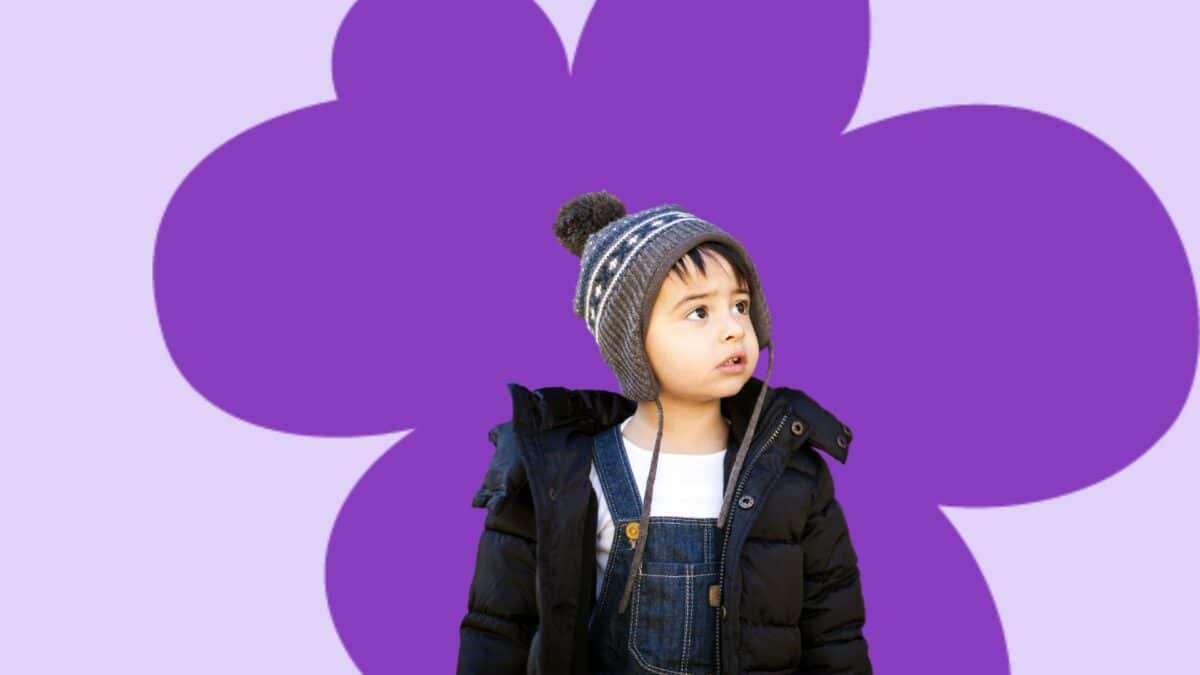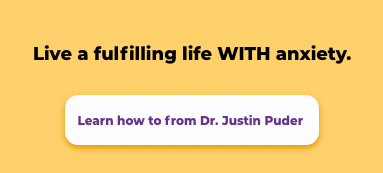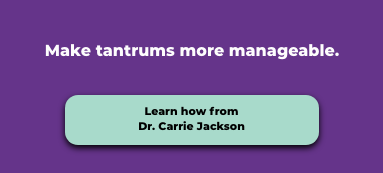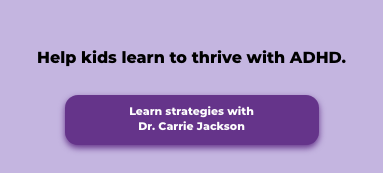You know when you’re driving on the highway and it dawns on you that you don’t remember the past five miles? Or maybe you’re reading a book and you realize that “one more chapter before bed” suddenly turned into “oh shit it’s 3:26 AM.” These are everyday examples of dissociation, where you disconnect from what’s around you, your own thoughts, or your sense of time and place.
It can be disconcerting AF to feel your grasp on reality slipping. Dissociation, like most mental health issues, is made worse by stress. Feeling like you’re stuck in a feedback loop of symptoms>stress>worse-symptoms>more-stress is tough. But you’re not alone and there is help available. Let’s dive thru how to stop dissociating together!
What Is Dissociation?
Urban Dictionary defines dissociation as–jk jk. According to the American Psychiatric Association, dissociative disorders can affect every part of mental function, with the most common issues being memory, identity, perception, and one’s sense of self.
Common symptoms of dissociation include (but are not limited to):
- Memory loss
- Feeling detached from yourself or your emotions
- People and places feel distorted or unreal
- A blurred sense of identity
- Significant stress
- Inability to cope with stress
- Other mental health problems like depression or suicidal ideations
People who have experienced trauma are particularly vulnerable to dissociative disorders. Dissociation can develop as a way to keep difficult memories off your mind. This can present in a number of ways, the most common being repressing memories of a specific event, like intense combat or a sexual assault. Stressful situations can temporarily worsen symptoms.
There are treatment options for you or your loved one to consider. Psychotherapy is the primary option and you’ll want to look for a therapist who has experience with trauma patients. While there are no specific medications for dissociation, antidepressants or other drugs can help control symptoms of the related mental health concerns.
Types of Dissociative Disorders
There are three major types of dissociative disorders in the Diagnostic and Statistical Manual of Mental Disorders (or DSM-5 to its close friends).
Dissociative amnesia is a loss of memory ranging from specific incidents all the way up to (though more rarely) a complete loss of memory.
There’s also dissociative identity disorder, which was formerly known as multiple personality disorder. You might feel the presence of more than one person living in your head or feel like you have multiple identities. Each identity has its own characteristics, like mannerisms, accents, or even the need for glasses.
Depersonalization-derealization disorder can sometimes present as an out-of-body experience. It can also make the things around you feel dreamlike or otherwise unreal. These symptoms can last only a few moments at a time but can persist for months or years.
You don’t have to have one of those disorders to experience dissociation — as mentioned, it can also be a symptom of anxiety or a trauma response. Dissociation is ultimately your brain’s way of dealing with something reallllyyyy difficult, whether that’s an event or an emotion. If you’re experiencing a lot of the symptoms we’ve been talking about, it would be best to seek out a mental health professional and get some answers.
How to Stop Dissociating With 5 Practical Tips
In the meantime, we may be able to help with a few tips on how to stop dissociating. Contrary to what television shows would have you believe, dissociation is not caused or fixed by being hit in the head with a frying pan. Fear not, we’ve got coping tips!
1. Ground Yourself
No, you didn’t miss curfew or fail a test! We’re talking about keeping yourself present in the moment. Try the 5-4-3-2-1 grounding exercise! This practice is great for keeping you alert. Engage all five senses and mindfully notice five things you can see, four things you can touch, three things you can hear, two things you can smell, and one thing you can taste. Increasing your sensory input helps you stay in the moment.
2. Take Care Of Your Body
You only have one body, so listen to it. Eating well, sleeping enough, and being active can all help your mental wellbeing. Exercise releases endorphins, improves your mood, boosts your energy and improves focus. Feeling good physically can help you feel good mentally, making dissociative episodes less likely.
3. Avoid Potential Triggers
Dissociation can be part of your body’s trauma response. If you’ve experienced dissociative episodes before, then you might already have some idea of what triggers them. So, take notice of what those triggers are for you and try to change things up where needed! If you’re not sure what your triggers are, try journaling or other mindfulness exercises to work through your feelings.
4. Show Yourself Compassion
You have nothing to be ashamed about! Dissociation can be a shitty thing to deal with, but it’s not your fault. A little self-love can go a long way.
5. Talk To A Therapist
If you have the ability to see a mental health professional, it’s definitely the best option. Especially if your dissociation is related to another mental health issue, a therapist can help you untangle your symptoms and work with you on ways how to stop dissociating.
It can be v stressful to experience dissociation. We hope these tips help you, or at the very least make you feel less alone in what you’re going through. You’ve got this!














